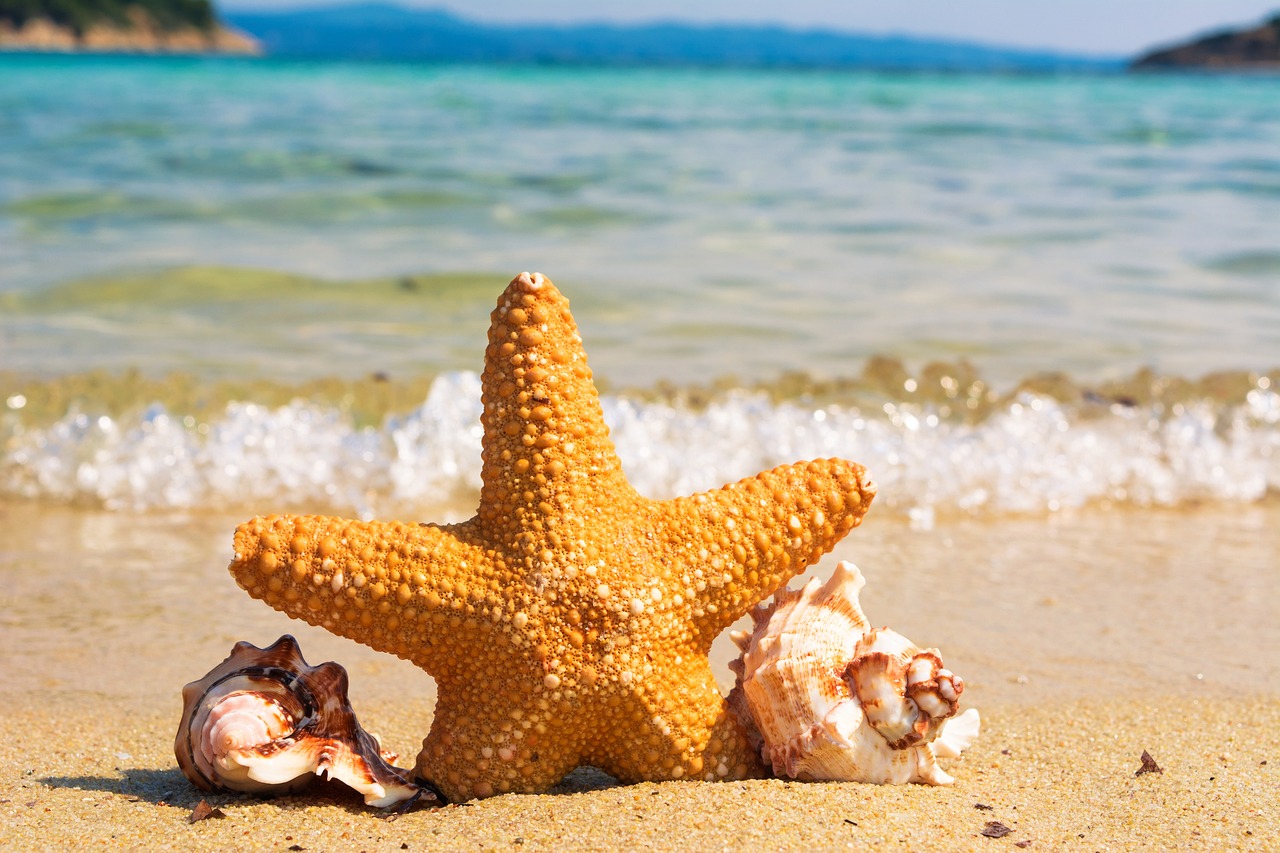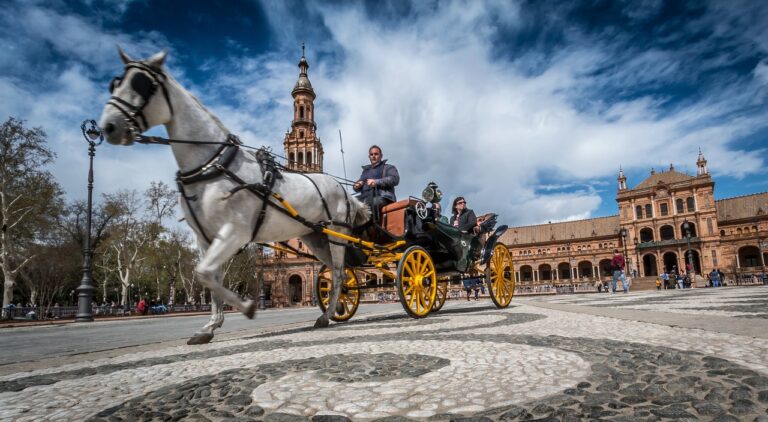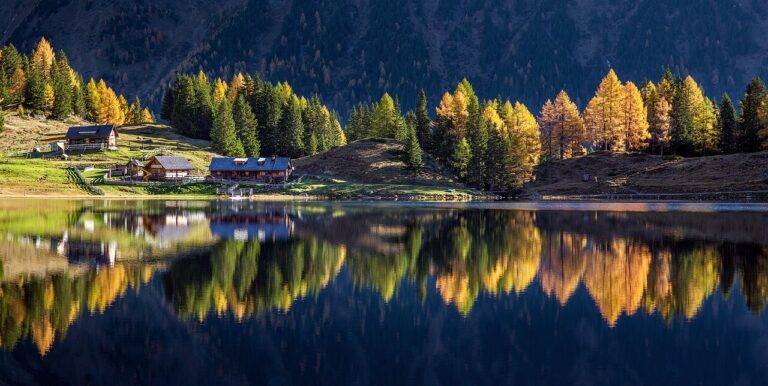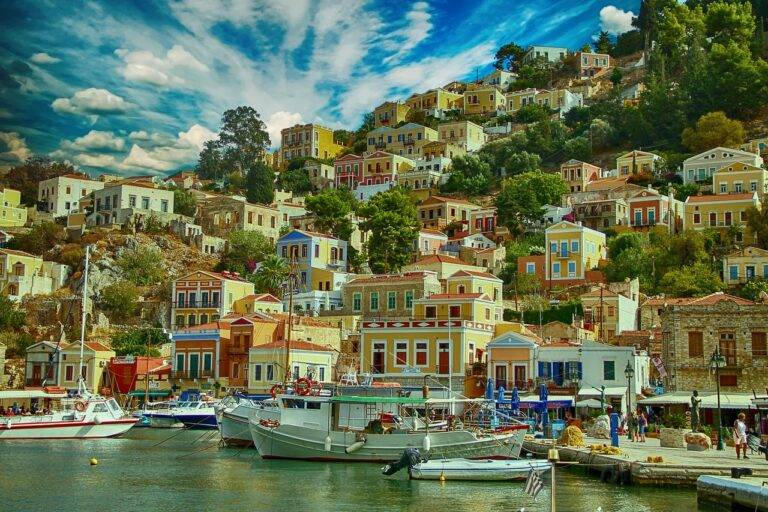Sustainable Tourism in Arctic Regions: Climate Change Impacts and Conservation Efforts
The Arctic region is a distinctive ecosystem characterized by its extreme cold temperatures, vast icy landscapes, and unique array of flora and fauna. However, this pristine environment is increasingly under threat due to the impacts of climate change. Rising global temperatures are causing accelerated melting of Arctic sea ice, leading to significant changes in the region’s ecosystem dynamics.
The delicate balance of the Arctic ecosystem is at risk as species struggle to adapt to rapidly changing conditions. Many wildlife species, such as polar bears, seals, and Arctic foxes, are facing challenges in finding food and suitable habitats as their traditional hunting grounds disappear. Additionally, the loss of sea ice threatens the livelihoods of indigenous communities who depend on these resources for sustenance and cultural practices. The urgency of addressing climate change in the Arctic region is paramount to safeguarding its unique biodiversity and ensuring the well-being of both wildlife and human populations.
• The melting of Arctic sea ice is impacting the hunting and feeding patterns of wildlife species
• Indigenous communities rely on Arctic resources for sustenance and cultural practices
• Urgent action is needed to address climate change in the Arctic region to protect biodiversity and human well-being
Heading 2: Understanding the Impact of Climate Change on Arctic Wildlife and Habitats
The Arctic region is experiencing rapid changes in its climate, with rising temperatures leading to melting ice and shrinking habitats for its wildlife. Polar bears, for instance, rely on sea ice for hunting seals, but as the ice disappears, they are forced to travel longer distances to find food, putting their survival at risk. Additionally, warmer temperatures are causing shifts in the distribution of prey species, further challenging the ability of Arctic wildlife to find food.
These changes in the Arctic ecosystem are not only affecting wildlife but also impacting habitats such as tundra and permafrost. Thawing permafrost contributes to changes in soil composition and stability, leading to erosion and altering the landscape. This, in turn, affects the vegetation that depends on the unique conditions of the Arctic environment, creating a ripple effect on the entire ecosystem. As climate change continues to accelerate, it is crucial to understand and address the impacts on Arctic wildlife and habitats to preserve this fragile and vital part of our planet.
Heading 3: Balancing Tourism Development with Conservation Efforts in the Arctic
Tourism development in the Arctic presents a unique set of challenges, particularly in striking a balance between economic growth and environmental preservation. As interest in the region grows, there is a need to manage the increasing influx of visitors to ensure that fragile ecosystems and wildlife are not negatively impacted. Conservation efforts must be at the forefront of any development plans to safeguard the Arctic’s pristine landscapes for future generations.
Collaboration between stakeholders, including government entities, local communities, and businesses, is crucial in creating sustainable tourism practices in the Arctic. Initiatives focusing on responsible tourism, such as limiting the number of visitors in sensitive areas and promoting education on the importance of conservation, can help mitigate the environmental footprint of tourism activities. By prioritizing conservation alongside development, we can work towards creating a harmonious balance that benefits both the Arctic ecosystem and those who wish to experience its beauty.
How does tourism development impact the Arctic region?
Tourism development in the Arctic can have both positive and negative impacts. While it can bring economic benefits to local communities, it can also lead to increased pollution, habitat destruction, and disturbance to wildlife.
What are some conservation efforts being made in the Arctic?
Conservation efforts in the Arctic include the establishment of protected areas, regulations on fishing and hunting practices, monitoring and research programs, and collaboration between governments, Indigenous communities, and conservation organizations.
How can tourists help support conservation efforts in the Arctic?
Tourists can support conservation efforts in the Arctic by following sustainable travel practices, respecting wildlife and habitats, supporting local businesses that prioritize conservation, and participating in eco-friendly tours and activities.





